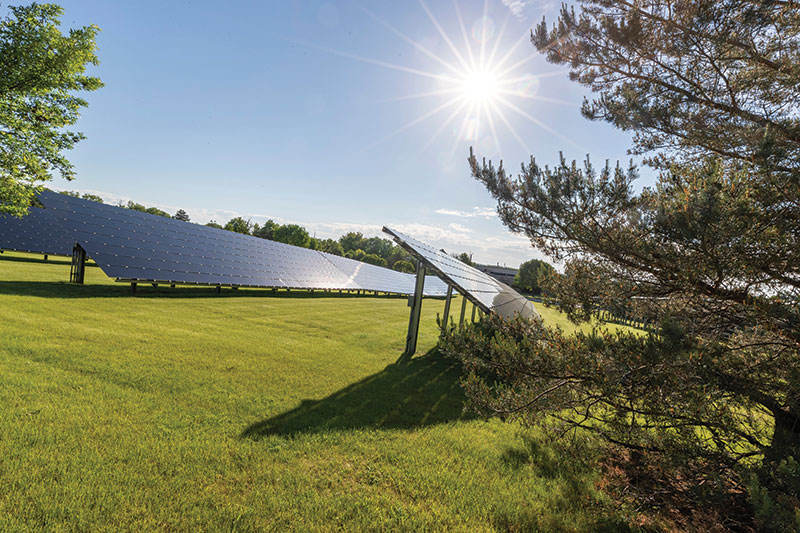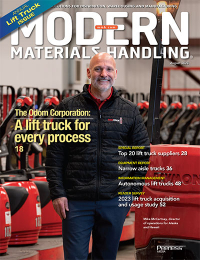Time to act on sustainability
Sustainability is on its way to becoming a core competency for materials handling suppliers.
In the past, sustainability has not been a core competency for the materials handling world for many reasons—the biggest being the cost to implement meaningful steps. But pressure is mounting from every corner of the supply chain to get on board. From consumers to regulators, industry groups and other stakeholders, companies not taking responsible actions to help the planet are getting left behind.
Look no further than the 2023 MHI Annual Industry Report, “The Responsible Supply Chain,” to find the proof. In it, 48% of respondents reported increased influences to adopt a more sustainable supply chain; 37% are focusing on the support/development of sustainability for their suppliers; and 13% say they are changing their supply chain structure to better enable a circular economy.
A key indicator of sustainability’s rise in status is the fact that ownership for efforts now sits firmly in the C-suite, according to the MHI report. The best results, it says, come from the top down. Three-fourths of respondents are collaborating or pursuing collaboration with suppliers, also, which C-level execs can drive. These efforts fuel the need for innovative solutions, according to the report.
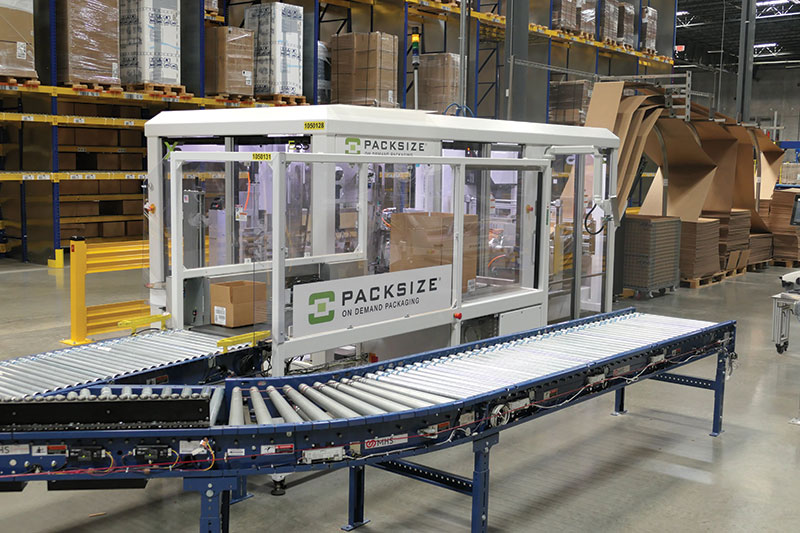
“The demand for sustainability and environmental, social and governance practices in the manufacturing industry is indeed growing,” says Andrea Ruotolo, global head of customer sustainability at Rockwell. “Organizations are increasingly recognizing the importance of integrating sustainability into their operations and decision-making processes.”
Daniel Aguirre, sales manager at Nucor Warehouse Systems, agrees. “Two to three years ago, sustainability wasn’t necessarily part of the conversation,” he says. “Today, everyone wants to know about our processes, how we measure our impact, and what raw materials we use.”
There are many areas of focus for improvement, both from within the warehouse and throughout the supply chain. From packaging to racking, improved battery technology for equipment, and everything in between, the materials handling industry is looking for—and finding—methods to reduce its environmental impact. Increasingly, these steps help the planet and bottom lines. Sustainability is on its way to becoming a core competency.
Smarter packaging
All manufacturing and warehousing operations are heavily dependent on packaging, from raw materials through finished goods, onto storage and out to customers. This is perhaps one of the easiest targets for reducing footprint, and packaging companies are responding. “There’s a lot of cardboard in the supply chain,” says Hemateja Ari, data engineer at Alpine Supply Chain Solutions. “There are many options for smarter packaging.”
These include the packages themselves, their fill, their size, and offering customers options for choosing better combinations of the above. “If you look at an Amazon order, for instance, customers can choose next-day delivery, or opt for slightly later delivery with less packaging,” Ari says. “Unfortunately, we know customers choose next day, so maybe it’s time to remove the options and go for what’s most sustainable.”
More sustainable means packaging with less fill, amounting to “right-sizing,” a practice more and more packaging companies are offering. Rod Gallaway, CEO at Packsize, says right-sizing coupled with efficient software is having a big impact, one that customers demand.
“We’ve done surveys and know that 78% of e-commerce customers who receive four or more packages a week care about right-sizing and recycling, and are willing to pay more to do that,” he explains. “Some of our bigger clients like Staples and Walmart want their customers to feel good, not only about the products they receive, but the packaging.”
At scale, with large customers, the impact can multiply. “We’ve helped Walmart reduce oversized boxing materials by 26% and void by 60%,” says Gallaway. “This is a megatrend that’s not going away.”
Thomas Estock, director of sustainability at ORBIS, says the company offers a lifecycle assessment tool to help customers understand the impact of their packaging. “We look at it from the time it leaves the ground all the way to the end of life,” Estock explains. “It’s a 360-degree report.”
The ORBIS assessment measures the recycled content in packaging and containers, shows the emissions involved, how much solid waste is produced in making the packaging, and more. “It’s all about giving our customers the information they need to understand their impact and the packaging they’ll choose going forward,” Estock says.
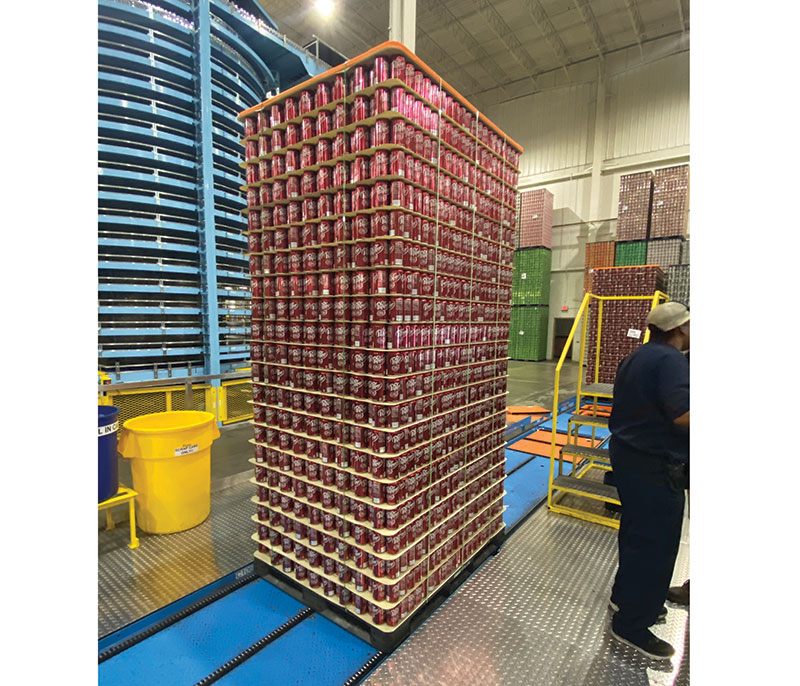
Alpine’s Ari looks at packaging as a big opportunity for waste reduction. “Efficient packaging weighs and costs less to ship, and biodegradable packaging can reduce the carbon footprint,” he says. “Take a look at your packaging partner’s websites and see what they’re doing in this regard.”
Don’t overlook racking
Racking, a backbone of warehousing operations, can be an overlooked when companies think about sustainability, but it’s an area of opportunity, according to Nucor Warehouse Systems' Aguirre. “Our customers ask about our EPD (environmental product declaration) and what our scope is,” he explains.
The varying scope levels—from 1 to 3—represent the types of emissions a company creates in its operations, as well as in its wider “value chain.” Scope 1 emissions cover emissions from sources the organization owns or controls itself; scope 2 emissions are defined as those a company causes indirectly and come from where the energy it uses is produced; and scope 3 are emissions not produced by a company but are the result of activities from assets owned or controlled by them.
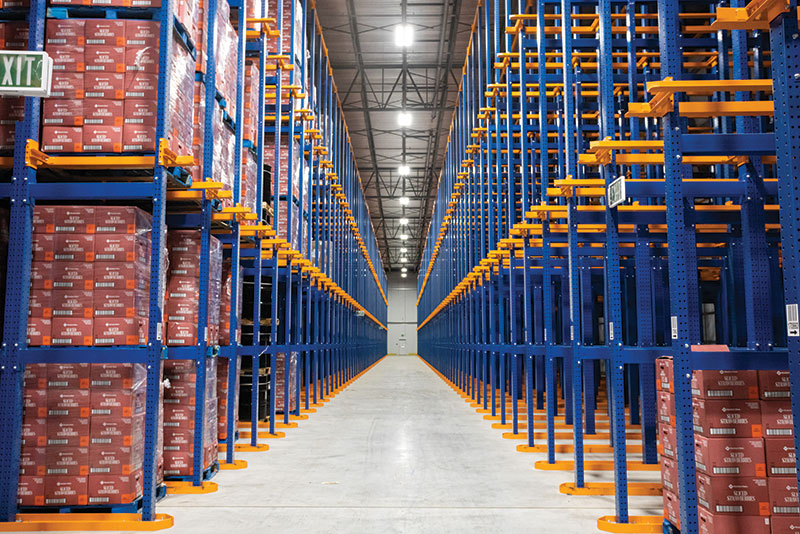
In the case of Nucor Warehouse Systems, the company is actively working to tackle all scopes, but has its eye on scope 3. “We’re using scrap metal for more than 75% of our steel, and electric arc furnaces for production,” says Aguirre. “Compare that to a blast furnace, which is mining goods out of the earth to make steel.”
Much of the rack Nucor Warehouse Systems produces, in fact, is part of a circular process. “We go into DCs and remove their old racking, dismantle it and send it to recycling plants to melt down into new raw materials,” he says. “We reform new racks from the scrap and then install it back into the facility. It’s a full product lifecycle.”
While racking might not be the obvious go-to target when it comes to sustainability efforts, it can be an impactful part of your overall strategy.
Use better power
For decades, lead acid batteries have reigned supreme in materials handling equipment, but their days are limited in a sustainability-oriented world. Today, lithium-ion is the cleaner option, and over a lifetime, the more cost-effective option, too. “When you look at lead acid batteries, you need three per truck in a 24-hour period,” says Chris Botting, manager of research at Delta-Q Technologies.
Lithium-ion batteries, in contrast, require one hour to charge, don’t require watering or ventilation, and are far more energy efficient. “You can reclaim significant warehouse space as a result,” Botting explains. “Modern chargers are much smaller and lighter, too, and soon many will be on board with the equipment.”
The more modern Li-ion batteries have also caught up to their lead acid predecessors in cost. “They used to cost five to 10 times what you’d spend for lead acid, but now they’re in the same ballpark of $150 per kilowatt hour,” says Botting. “It’s not a matter of if, but when everyone will switch to lithium ion.”
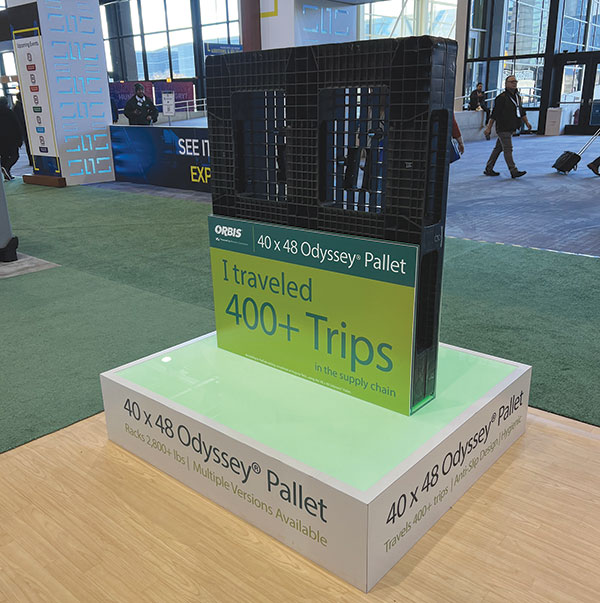
Looking ahead at AI’s role
Few aspects of industry will remain untouched by AI, and sustainability is no different. “AI can play a significant role in helping the industrial sector achieve its sustainability goals,” says Ruotolo.
Predictive maintenance is one area of opportunity, for instance. “AI-powered predictive maintenance systems can monitor equipment conditions in real time, detecting anomalies and predicting failures before they occur,” she explains. “AI can reduce downtime, minimize resource waste, and extend the lifespan of machinery.”
It can also help with renewable energy integration, according to Ruotolo. “By forecasting energy generation and demand, AI can facilitate the efficient utilization of renewable energy, reducing reliance on fossil fuels and contribution to a lower carbon footprint,” she says.
Expect to see AI creep into supply chain optimization, waste reduction and recycling, carbon footprint analysis and reduction, and energy optimization and efficiency.
Get started or be left behind
With so many options to make a difference in your company’s sustainability efforts, it can feel overwhelming. But it’s essential to start, says Ari, and under the current federal government, plenty of incentives are available to act.
“Hydrogen-powered equipment is the next generation of fueling, and it has many benefits beyond a decreased carbon footprint,” he says. “If you’re curious, look into tax incentives and rebates, but also do an assessment before you try it, and make sure your needs are big enough for an ROI.”
Get your team together and brainstorm ideas of where to focus your sustainability efforts. If you’re receiving pushback, Ari reminds that “there’s no business on a dead planet.” It’s time to set goals, whether big or small. “It doesn’t have to be a big, scary expense,” he adds. “Start small with practical steps and implement quickly.”

Article Topics
Delta-Q News & Resources
Time to act on sustainability Battery charger supplier Delta-Q Technologies adds four more companies to its partner program Delta-Q Technologies launches battery compatibility program Delta-Q Technologies to remain operational and delivering chargers Lift truck priorities: Building the lift truck of the futureLatest in Materials Handling
Geek+ and System Teknik deploy PopPick solution for pharmacy group Med24.dk Beckhoff USA opens new office in Austin, Texas Manhattan Associates selects TeamViewer as partner for warehouse vision picking ASME Foundation wins grant for technical workforce development The (Not So) Secret Weapons: How Key Cabinets and Asset Management Lockers Are Changing Supply Chain Operations MODEX C-Suite Interview with Harold Vanasse: The perfect blend of automation and sustainability Consultant and industry leader John M. Hill passes on at age 86 More Materials HandlingAbout the Author
Subscribe to Materials Handling Magazine

Find out what the world's most innovative companies are doing to improve productivity in their plants and distribution centers.
Start your FREE subscription today.
April 2024 Modern Materials Handling

Latest Resources


